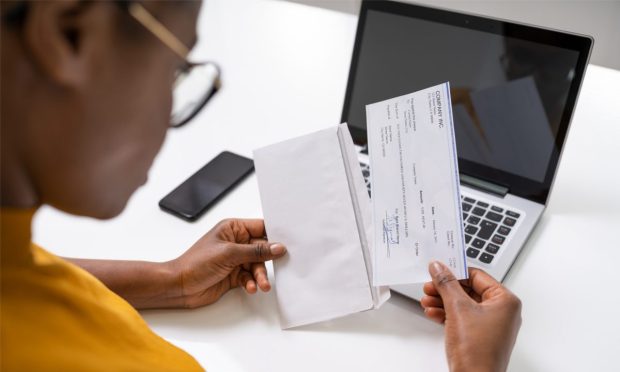Paycheck to Paycheck Has Now Become the Predominant Way of Life in America

Nine paycheck-to paycheck reports — and one inescapable conclusion.
Anuj Nayar, financial health officer at LendingClub, told PYMNTS in an interview that “we are seeing a very clear picture that living paycheck to paycheck is the predominant way that we are living right now — and it’s a misnomer to think it’s just about lower-income Americans.”
The conversation came against the backdrop where joint research between LendingClub and PYMNTS revealed that more than 60% of U.S. households are living paycheck to paycheck — meaning we’re roughly back to pre-pandemic levels.
See also: Millennial Minute: 70% of Millennials Live Paycheck to Paycheck
As Nayar said, “The reality is that the number of paycheck-to-paycheck Americans may be back to where we were around the beginning of the pandemic — but the external environment that is causing all this is different.”
Think back, then, to March of 2020 — which feels like three lifetimes ago — when the onset of COVID meant that many lower-income individuals’ jobs, and thus their incomes, disappeared overnight. But with huge volumes of pandemic aid, forbearance programs and tax relief, the recession wound up being short-lived.
This time, he said, is different.
The paycheck-to-paycheck pressures are impacting people and families across all income streams, he said. The factors are not as fast moving as what had been seen during the pandemic — inflation is now deeply rooted, and supply chain snarls are (still) the norm.
As a result, the P2P economy, as we might term it, is now hitting half of Americans earning more than $100,000 annually. Credit has been a bit of a buffer against macro headwinds, he said, and it has been utilized by just about all consumers.
“I’m sure even Jeff Bezos has been using credit on occasion,” said Nayar, a bit tongue in cheek. Indeed, living paycheck to paycheck does not only mean that consumers are struggling to pay bills — it can also mean that people are using credit and other financial services products to make ends meet.
Related: Why ‘Paycheck to Paycheck’ Doesn’t Always Mean ‘Broke’
Watching the Fed
But as the Federal Reserve increases interest rates over the next several months, as it seems poised to do, revolving debt becomes ever more expensive.
That would represent a key way to tackle the roughly $1 trillion in credit card debt that is outstanding. It would also take some of the sting off the most vulnerable populations.
“There’s a dirty little secret with credit card debt,” Nayar said. “The ones who pay their bills off every month, and reap the rewards points … well, the people who pay for that are the people who don’t pay off their bills every month.”
As higher-income Americans tend to pay off their credit card every month, that subsidy effect falls squarely on the shoulders of lower-income Americans, he said.
Read more: Nearly Half of Consumers Earning $100,000 a Year Live Paycheck to Paycheck
Thus, more Americans are looking to move to some type of fixed-rate obligations, locking in installment loans or other predictable options before carrying those revolving charges becomes even more difficult. Platforms such as LendingClub, he said, can help consumers manage their debt and spending in more proactive ways — beyond what traditional banks offer.
Looking ahead, we’re due for a pivot in how creditworthiness is measured and observed. The traditional FICO score, he said, is a relic of the 1950s and is less relevant in 2022.
“The system has not kept up with the ways in which Americans are living their lives,” Nayar said. Advanced technologies and a wealth of new, alternative data points can go a long way toward identifying that creditworthiness and then extending the lowest rates and best terms possible.
Inflation will still be a huge headwind in the near and longer term, and living paycheck to paycheck will continue to be the dominant tenor of the times.
As Nayar said, “We’re going to have to look at the economic system itself and work out better ways to ensure that money is being used to the best extent possible — and how best to manage against this inflationary push.”
